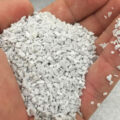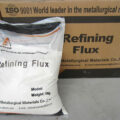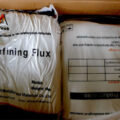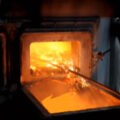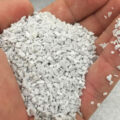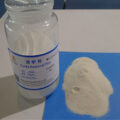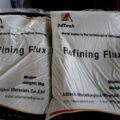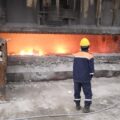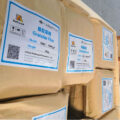The fluxes refining method has a good effect on the removal of non-metallic inclusions, but the degree of purification of removing non-metallic inclusions in the melt is not only related to the physical and chemical properties of the refining fluxes, but also depends on the refining process conditions to a large extent, such as the amount of flux, the contact time between the flux and the melt, contact area, stirring condition, temperature, etc.

In order to refine aluminum alloy melts, people have developed hundreds of refining fluxes, and sodium and potassium-based chloride fluxes are widely used. For aluminum alloys with low magnesium content, sodium-potassium-based chloride refining agents are widely used, and aluminum alloys with high magnesium content use carnallite-based refining fluxes without sodium to avoid sodium brittleness.
The content of some flux components can vary widely and can be determined according to actual conditions. First of all, it must be determined according to the content of alloying elements, because the content of main elements in most aluminum alloys can be changed within a certain range, and secondly, it must be determined according to the composition and content of impurities removed. Therefore, in addition to using the flux produced by the flux factory, it is better to adjust the flux composition ratio according to the composition of the molten aluminum alloy to find a better flux composition.
When smelting aluminum alloy scrap, the quality of the scrap is different, and the amount of covering agent and refining agent is also different.
The following methods are commonly used in the production of aluminum alloy smelting by fluxes refining.
- The melt is refined in the ladle. First, put a pack of refining flux in the ladle, then inject the melt, and stir it fully to increase the contact area between the two.
- The melt is refined in an induction furnace. The flux is loaded into the induction furnace, and the flux and the melt are fully mixed by the stirring effect of the induction magnetic field to achieve the purpose of refining.
- It is refined with a mixer in the ladle or in the furnace, so that the flux is mechanically dispersed in the melt.
- The melt is refined in a magnetic field stirring device. This method relies on electromagnetic force to continuously deliver the melt to the flux-metal interface to achieve the active contact between the aluminum melt and the flux. The higher the melt rotation speed, the better the refining effect.
- Electric flux refining. This method allows the melt to pass through a flux layer with an electric field (on the metal-flux interface) for continuous refining.



